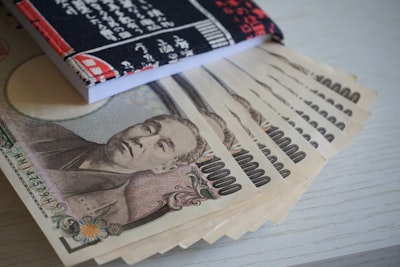Summary
Japan's Government Pension Investment Fund (GPIF), one of the world's largest institutional investors, has reported a staggering asset growth of 98 trillion yen ($678 billion) over the five years ending in fiscal 2024. For the last fiscal year alone, the fund posted returns of 1.7 trillion yen ($11.8 billion). The surge is attributed primarily to rising global and domestic stock prices, but the weakness of the yen accounted for about 40% of the gains—raising concerns over future vulnerabilities as Japan's currency fluctuates.
Analysis
The GPIF's impressive returns reflect both the strength of global equity markets and the unique impact of Japan's depreciating currency. When the yen weakens, foreign assets held by the fund are worth more in yen terms, significantly boosting reported performance. However, this dynamic introduces heightened sensitivity to exchange rates. Should the yen strengthen, previously inflated gains could erode quickly, creating the risk of negative perception among the public and policymakers.
The reliance on currency movements points to an inherent risk: strong returns may not be wholly attributable to investment skill or market fundamentals. Instead, they can give a misleading sense of security, potentially masking underlying structural issues in the pension system. Furthermore, political narratives may shift if asset values decline with a currency rebound—putting pressure on fund managers and government officials alike.
Discussion
The GPIF's results matter far beyond the world of finance; as a public pension fund, its performance directly affects the retirement security of millions of Japanese citizens. A growing fund reassures current and future retirees, but volatility tied to the yen's value raises uncomfortable questions about sustainability.
This episode reflects a broader global trend: pension funds, hungry for returns in a low-yield world, have been pushed further into equities and foreign assets, sometimes at the cost of increased risk. Parallels can be drawn to similar funds in Europe and North America, which face their own currency and market challenges. It also prompts reflection on the role of currency management and hedging, and whether more conservative strategies could better protect long-term beneficiaries—even at the cost of some upside.
Above all, the GPIF’s mixed windfall—part performance, part forex luck—serves as a cautionary tale for public pension stewardship everywhere. Policymakers, fund managers, and the public must ask: How do we measure real progress in securing citizens’ futures, and how should we treat gains and losses driven by forces beyond our control?

Comments
No comments yet. Be the first to comment!